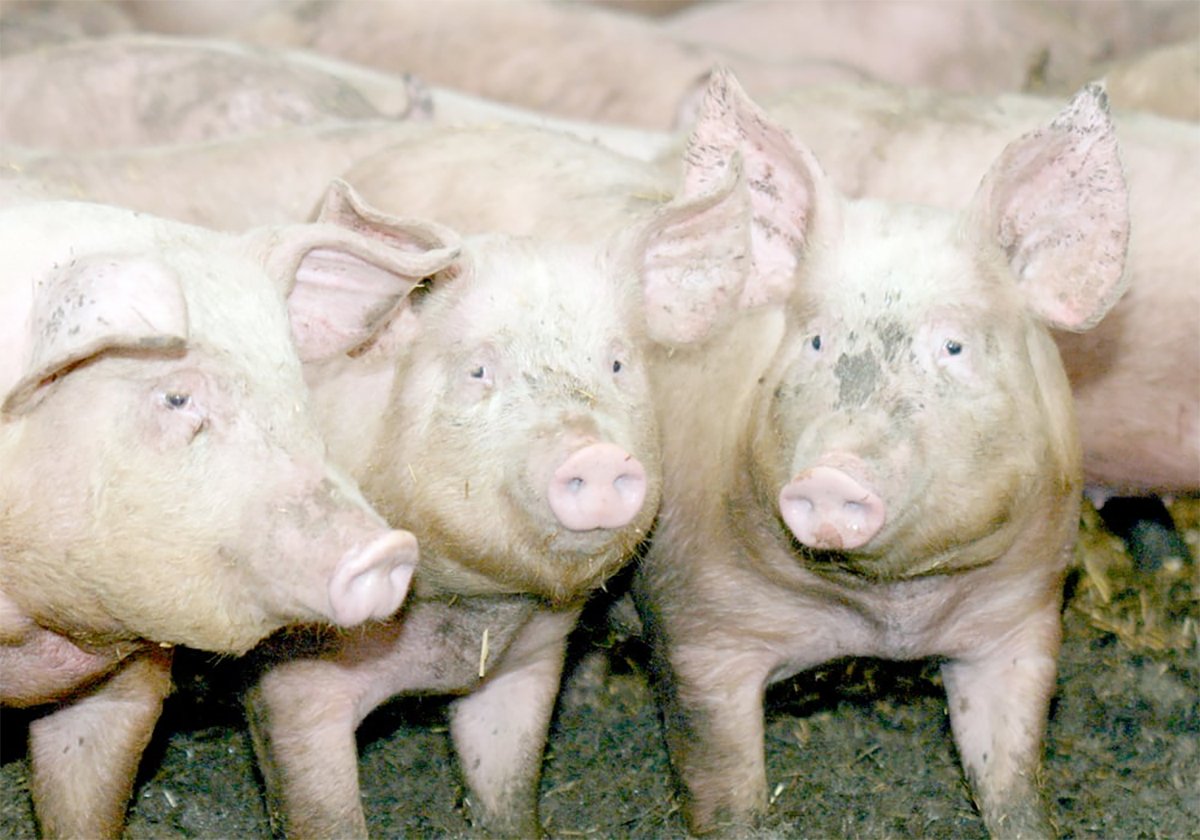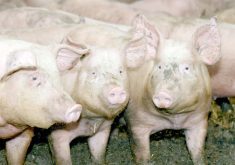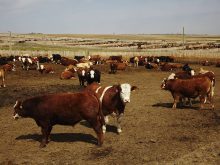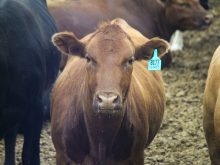Alberta’s economic growth could come at the expense of its wildlife and landscape.
“Today’s landscape is the pristine landscape relative to where we are going,” said biologist Brad Stelfox, who owns the environmental consulting firm Forem Technologies.
He told the Alberta Conservation Association annual meeting Jan. 28 that throughout the 1900s, land has been lost to energy exploration, logging, acreage subdivisions, urban sprawl and the roads needed to access these developments.
The amount of cropland went from zero to 20.9 million acres between 1900 and 2000. It is likely to increase by another 494,000 in the Peace River region with no expansion expected in the south.
Read Also

The Western Producer Livestock Report – November 13, 2025
Western Producer Livestock Report for November 13, 2025. See U.S. & Canadian hog prices, Canadian bison & lamb market data and sales insights.
Native grasslands decreased to 16 million acres from 30.8 million in the last 100 years. Another 2.5 million could be lost if development continues at its current rate.
Transportation corridors will increase.
There are 200,000 kilometres of roads in Alberta of which 28,000 km are paved.
“For every road you see on average today, there will be four in 100 years.”
More roads mean more culverts. Today there are 250,000 and he expects that to triple as road construction increases.
There will also be more pipelines. The energy sector has 78,000 km of pipeline and Stelfox expects energy exploration growth to continue in this century with more oil and gas development, oil sand surface mining, coalbed methane and coal mining.
In addition, water demands from agriculture, industry, energy and domestic use continue to grow.
However, these new developed landscapes do not hold the water. Instead, it is running into rivers rather than recharging ground water aquifers. This increased runoff includes three times as much nitrogen, phosphorus and sediment compared to the pre-industrial era.
Stelfox said changes are necessary to save what natural habitat remains for wildlife. It is important to stop building unnecessary roads and establish roadless areas.
He said knowledge from biologists like himself is not used. More education for ordinary Albertans is needed to make people understand what is happening.
A large part of the problem is a lack of communication within the industrial community, said Bob Demulder, head of the Alberta chamber of resources, representing mining, energy, forestry and banking interests that earn their living from natural resources.
“We need to get past admiring the problem from our separate perspectives and start working together,” Demulder said.
Much of the industrial activity is taking place in Alberta’s green zone representing 51 percent of the province’s land base. It is mostly in the northern half of the province.
The landscape has changed over time with little collaboration or planning among various groups.
Unco-ordinated incremental development has had an impact, increasing risks to land and water.
“Ecological health relies on human activity being managed successfully,” Demulder said.
Mistakes have been made.
“Industry is good at putting in roads but it is not good at maintaining what is there.”















